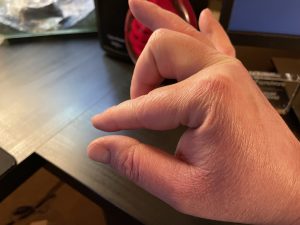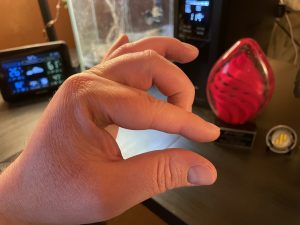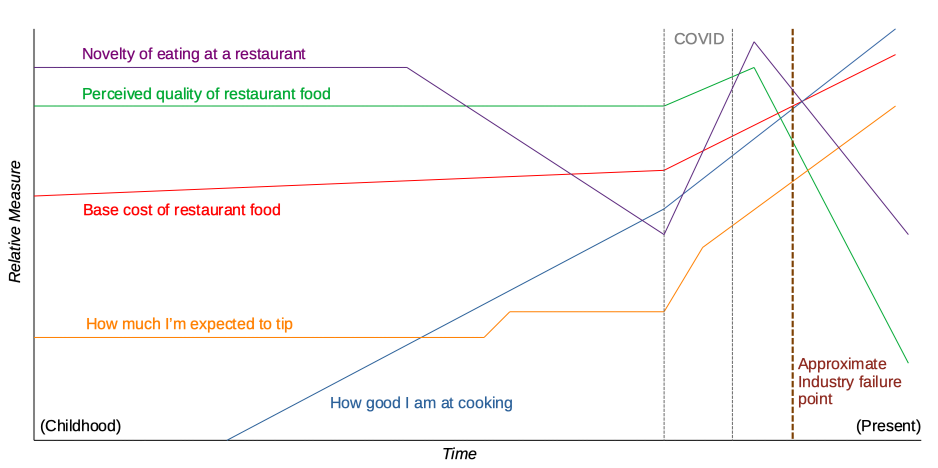Now that the existential threat as outlined in Part 1 is completed, let’s have some fun. Actually, that’s debatable, as this second journey was somewhat unpalatable in its own right.

To summarize, a female specter visited me in a dream which would have inevitably led to my death (dream death (would that kill me physically too?)). I would normally assume that this was just a random machination from my subconscious. But on the other hand, such a vivid image of a person’s face that I had never met has never occurred before in my dreams. So I proceeded with concerned curiosity, rather than just move on.
To be fair, my mental stability has long been a source of question. At some point the internal monologue became external…in the form of hand puppets. Whippet hand puppets. So this event must surely be a transitioning point. Or perhaps transcendental!

But for now, it’s merely an opportunity for exploration. Here’s the question:
If my mind can create people that don’t exist, and Generative AI can create people that don’t exist, then can AI recreate the person in my head that doesn’t exist, which I originally created, into a visual facsimile?
You might think that this is a bizarre an uncanny path to go down. And you would be correct. Here goes!
I had never before used AI for this, and I started rather basic. I asked ChatGPT to generate an image of a redheaded woman in her mid 30s. That seemed like a good baseline. What it gave me was indeed a recognizable female with the proper hair color, which looked like a lawyer character from a 90s TV drama series. In other words, she did not look like someone who was about to kill me in a village ritual. She looked like a mother – someone you’d run into shopping at Target, buying slacks and unscented deodorant. Not that I generally shop at Target, but you get the idea. And that minor smile! It was like a business portrait one would put on their Teams profile. There was nothing scary about this at all. Yes, I will accept your meeting invite to discuss the potential fraud loss benefits and improved user experience if we implement authentication enhancements into your product.

No quite. So what continued was a far too lengthy process of me feeding nebulous adjectives into AI, like I was an eyewitness trying to help an investigator sketch a suspect’s mugshot. “Darker eye shadow.” “Slightly younger”. “Redder lips.” “Fewer wrinkles.” “Messier hair.” “Shorter hair.” “Shorter face.” “Smoother neck.” The outputs ranged from Target Mom to Crack Junkie.
It then occurred to me that this would probably be the future of online dating: Generate some form of an idealized look, then let AI search profiles and line up matches. I felt something die inside me, doing this exercise. I was creating a person that didn’t exist based on designated parameters. And the results didn’t even fall into uncanny valley territory. One day, we as a lonely people, will build android girlfriends this way.
Fortunately for me, I won’t ever have to go through that. No – I was building a model of a memory of a nocturnal tormentor that my mind had created to kill me. That might not sound more well-adjusted, but I think it is.
In the end, the final directive was “Make the eyes more intense.” No really. And it worked. The smile disappeared and the stare turned into something half vacant/half soul-piercing, with just a hint of murderous intent behind a thinly-veiled welcoming interest.

The end result was almost spot on.
This was maybe a curiosity that should have been left unexplored. My own subconscious, which knows all my fears intimately, created a female alchemical homunculus as an object of death, the details of which I’ve now fed into the internet, and which AI was able to flawlessly replicate on demand.
This is what happens in the winter when I can’t go outside to garden, and the shortened days lead to too much introspection.
More posts about cooking I think.
–Simon




